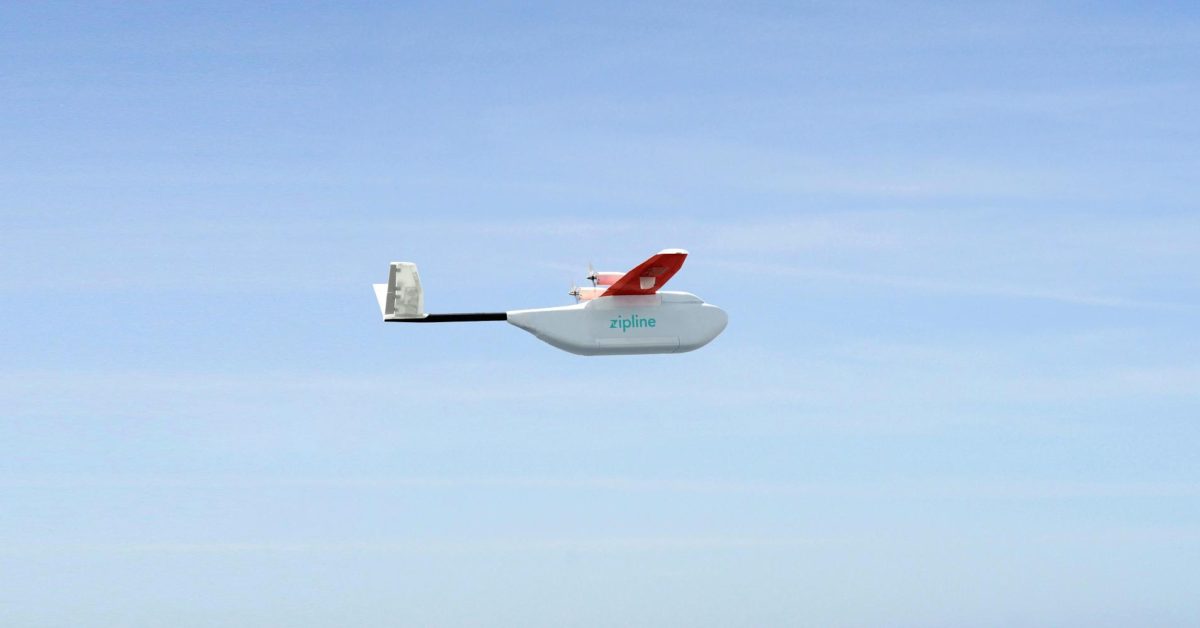“Check spoilage from your phone!” That is what Samsung is promising with its fridge of the future. The most interesting feature of the device is its embedded camera, which is directly accessible from your mobile phone (Bramdom, 2016). According to the article by The Verge, the device will also send you D-day alerts that enable you to proactively manage your consumption and spoilage (Bramdom, 2016). This not the only waste management incentive that has come to light in recent years, and we will discuss a few more incentives that are happening nowadays on a larger scale.
Firstly, what is happening regarding waste management on a firm scale?
There is a new generation of firms that are turning waste into energy. For instance, by using thermal and biological technologies, firms manage to use 100% of biodegradable feedstock as energy (Balch, 2015). These firms include LanzaTech, which uses a gas fermentation technology to create biofuel, and Novozymes, which converts used cooking oil into biodiesel (Balch, 2015).
These are only two examples of a much larger generation of firms using new technologies for waste management: according to the article by The Guardian, the global market for turning waste into energy should reach $37 billions by 2020 (Balch, 2015).
On a city scale, waste collection is an essential city service that usually focuses on emptying containers at a predefined schedule and is inevitably inefficient (GreenBiz, 2017). A solution to this issue can be highlighted through the example of Cisco’s initiative in Barcelona, Spain. Barcelona had spent $1.5 billion on waste and recycling management before approaching Cisco and developing an environmentally friendly solution (McGrath, 2015). The solution entails sensors such as waste bin sensors that detect how full the bins are: by connecting and collecting all data from these sensors and devices, it allows the city to improve its efficiency and productivity (McGrath, 2015).
References
Balch, O. (2015). The future of waste: five things to look for by 2025. the Guardian. Available at: https://www.theguardian.com/sustainable-business/2015/feb/23/future-of-waste-five-things-look-2025.
Bramdom, R. (2016). Samsung’s fridge of the future will let you check spoilage from your phone. The Verge. Available at: https://www.theverge.com/2016/1/4/10707894/samsung-smart-refrigerator-connected-fridge-iot-ces-2016.
GreenBiz. (2017). IoT and Smart City trends boost smart waste collection market. Available at: https://www.greenbiz.com/article/iot-and-smart-city-trends-boost-smart-waste-collection-market.
McGrath, J. (2015). Tech is making life in Barcelona better, even if you don’t know it’s there. Digital Trends. Available at: https://www.digitaltrends.com/home/barcelona-smart-city-technology/.


